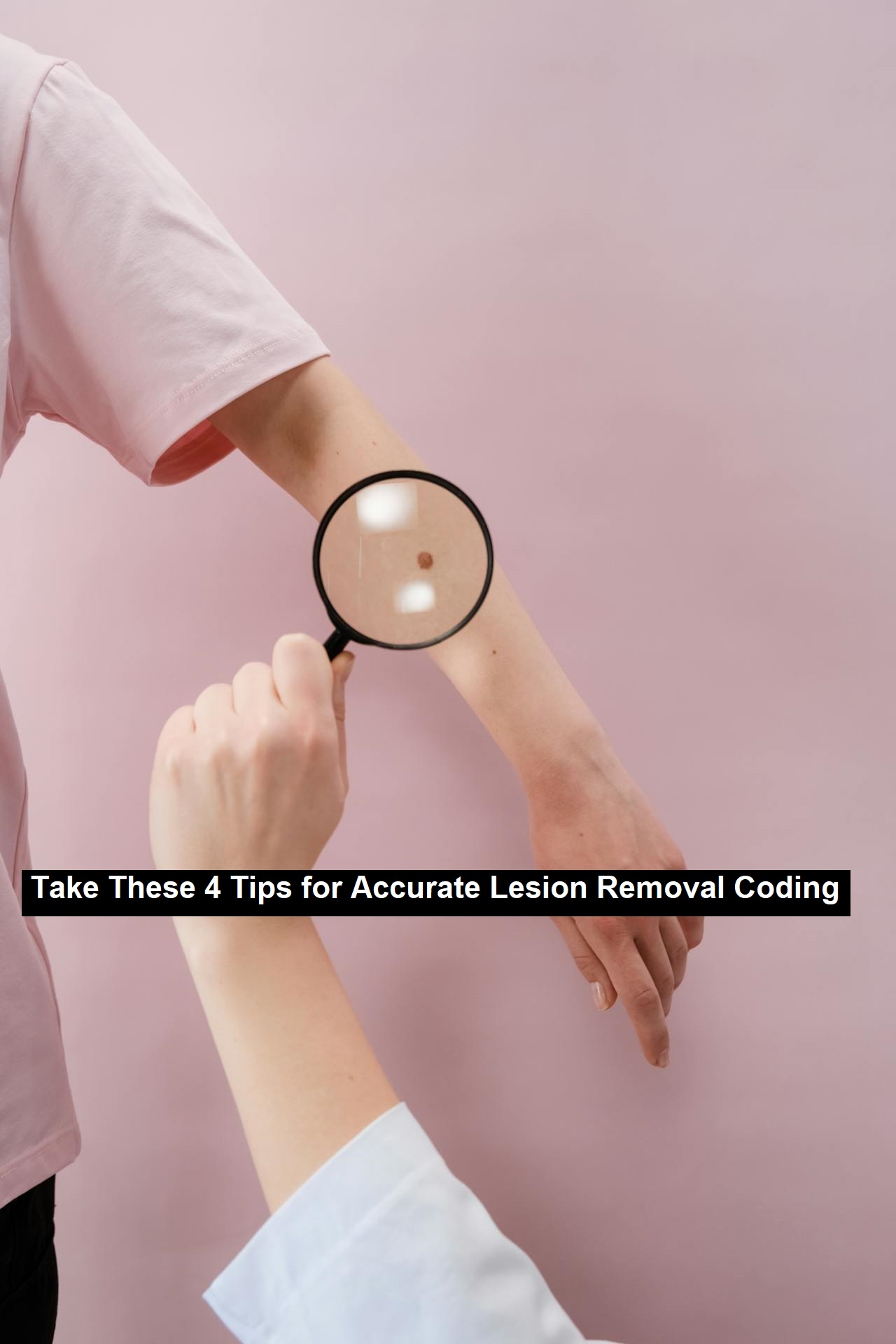Lesion removal is a routine procedure, but when it comes to coding, it’s nothing routine about it. Whether you’re treating benign or malignant lesions, accuracy is key—not just for accurate reimbursement but to ensure you don’t find yourself facing audits, denials, or delays.
Incorrect coding will result in underpayment or overpayment, both of which will be problems for healthcare providers. So the minute—but important—details do count. If you’re in dermatology billing or general surgery coding, here are four helpful tips to ensure you nail lesion removal codes each and every time.
1. Understand the Difference: Benign vs. Malignant Lesions
This is the most important and first detail in lesion removal coding. You need to know whether the lesion is benign or malignant. The CPT codes are completely different for them.
- Benign Lesion Removal: CPT codes 11400 to 11446
- Malignant Lesion Removal: CPT codes 11600 to 11646
The range is different by location and size of lesion, including margins. Reporting a benign lesion as malignant or malignant as benign will cause substantial differences in billing.
Pro tip: Always check the pathology report. If you’re not getting it when you bill, code from the physician’s documentation and intent, but keep it open to be adjusted later if needed.
Read: How to Take Care of Your Clothes this Summer
2. Measure the Whole Excision Diameter—Not Only the Lesion
The most common mistake is to under-code the size of the excised area. Remember: when you code lesion removal, you are not coding for the lesion size only—you must code both lateral margins resected around the lesion.
This is how you take the correct excised diameter:
Lesion diameter + 2 x margin diameter = total excised diameter
For example, if the lesion is 1.2 cm and the physician carves off 0.3 cm on either side, the correct excised diameter would be:
1.2 + 0.3 + 0.3 = 1.8 cm
This would affect your CPT code selection, which is size-based in tiers such as:
- Excised diameter 0.5 cm or less
- 0.6 to 1.0 cm
- 1.1 to 2.0 cm, etc.
Make sure these details are clearly documented in the records—or have the provider clarify before submitting.
3. Do Not Confuse Excision With Shaving or Destruction
Different procedures = different codes. Just because a lesion was removed doesn’t necessarily mean it qualifies under CPT definitions as an excision. Here’s where they differ:
- Excision: Total removal of a lesion with a margin of normal tissue. This is what CPT codes 11400–11646 cover.
- Shaving (11300–11313): Shaving of a lesion without removal by full-thickness excision, typically down to dermis.
- Destruction (e.g., 17260–17286): includes methods like cryotherapy, electrosurgery, or laser to destroy the lesion.
Why it’s significant: Misuse of an excision code on a shaved or frozen lesion will lead to overbilling—and potential audits.
What to do: Read the op note slowly. Look for the presence of the words “full thickness,” “elliptical excision,” or “down to subcutaneous tissue” to validate excision coding. If the procedure was only superficial, apply the appropriate shaving or destruction code in its place.
4. Use the Correct ICD-10 Code to Authorize Medical Necessity
CPT codes tell the payer what was done, but ICD-10 codes tell them why. If the diagnostic code doesn’t support medical necessity for the procedure, even correct CPT coding can’t keep you from a denial.
Examples of common ICD-10 codes for excision of lesions include:
- D23.5 – Benign neoplasm of skin of trunk
- C44.312 – Basal cell carcinoma of skin of left ear
- L72.3 – Sebaceous cyst
- B07.9 – Viral wart, unspecified
Specific: ICD-10 requires exact location codes. Don’t just list “benign skin lesion”—include the location (e.g., face, trunk, upper limb) to match with the CPT code range.
Also, double-check documentation to support symptoms like bleeding, infection, or change in color or size. These are your supporting points if the payer questions medical necessity.
Bonus Tip: Don’t Forget About Repairs and Pathology
If closure of intermediate or complex type is part of the excision, you can report a secondary repair code—but only if it’s not just closing a simple wound. Scan instructions closely for CPT to avoid unbundling errors.
And if the lesion was also submitted for pathology, add that CPT code (e.g., 88304) to include all of the billable services.
Final Thoughts
Skin lesion removal coding may seem straightforward, but the small details make a big difference. Size, type, method, location, and closure all play a role in correct CPT and ICD-10 selection. By following these four essential tips, you’ll improve accuracy, reduce denials, and keep your billing team compliant and confident.

